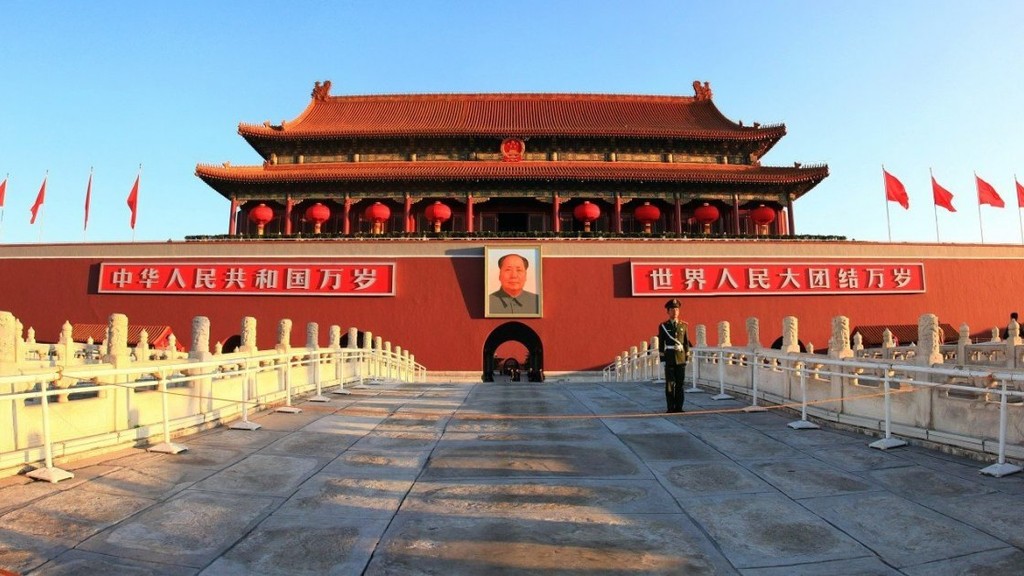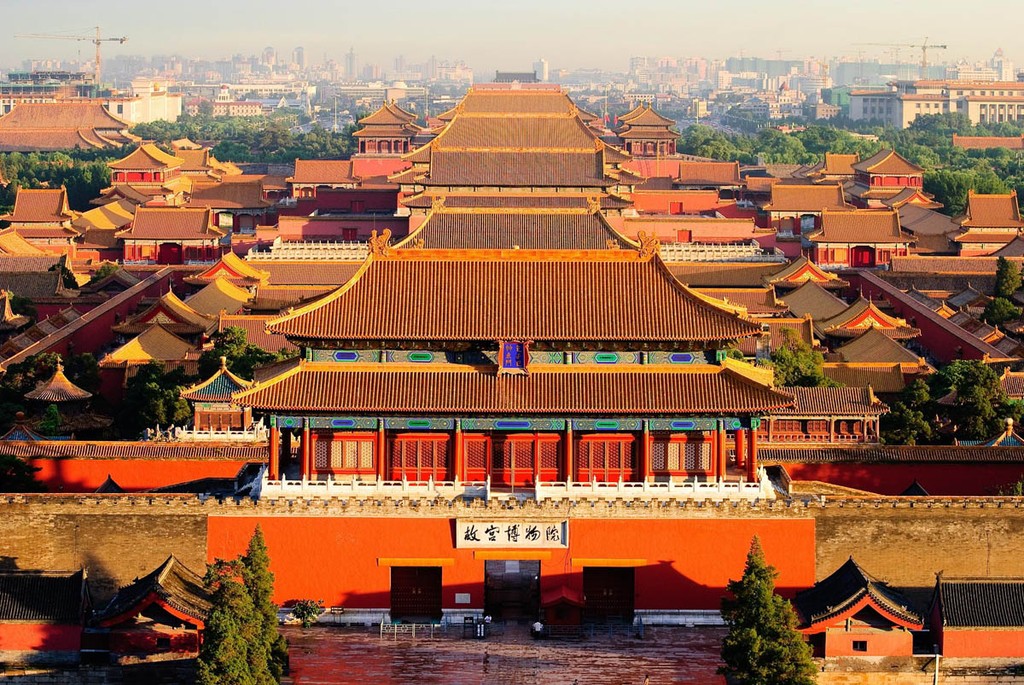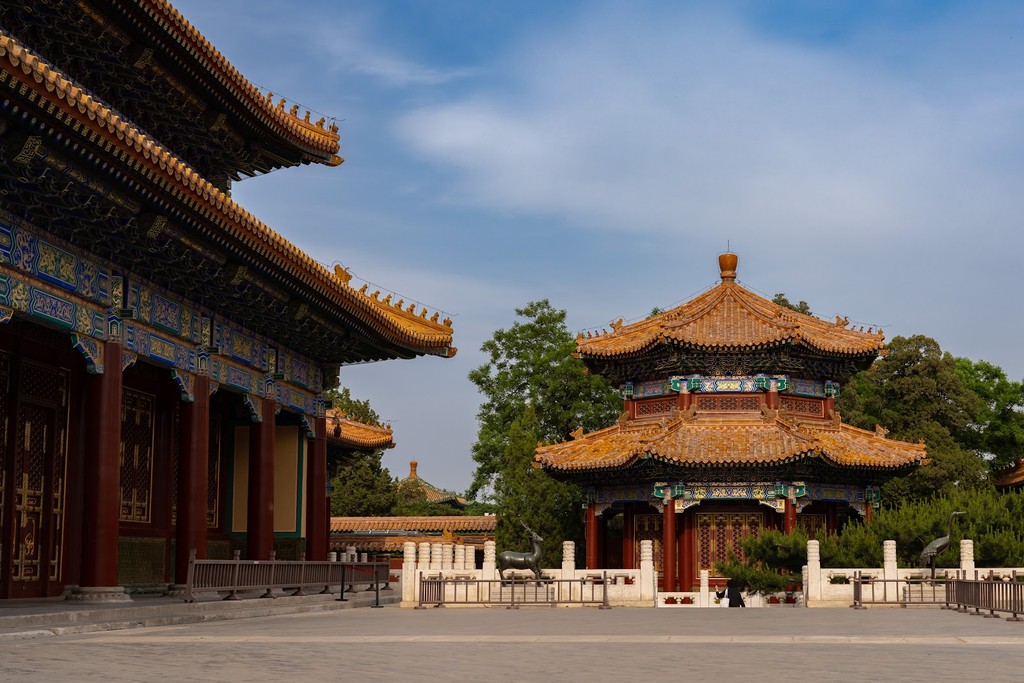Cultural Odyssey: Exploring Datong's Treasures
Embark on a cultural journey through Datong, where history comes alive. This free walking tour showcases the city's rich heritage and architectural wonders over two unforgettable days.
Time
3 Hours
Stops
4 Places
Distance
4.3 km
Tiananmen Square (天安门广场)
Start your journey at Tiananmen Square, one of the largest public squares in the world, serving as a symbol of China's history and political heart.

Tiananmen Square (天安门广场) (Source: Google Maps)
Tiananmen Square, located in the heart of Beijing, is one of the largest public squares in the world, covering an area of 440,000 square meters. It has been the site of many significant events in Chinese history, including the May Fourth Movement in 1919 and the protests of 1989. The square is flanked by notable buildings such as the Tiananmen Gate, which features the iconic portrait of Chairman Mao Zedong, and the Great Hall of the People. The square serves as a symbol of China's political heart and is often visited by millions of tourists and locals alike, who come to witness its grandeur and historical significance. The area is not only a place for political gatherings but also a venue for cultural celebrations, making it a focal point of national pride and unity.
Forbidden City (故宫)
Walk from Tiananmen Square to the Forbidden City, a vast imperial palace complex that showcases the grandeur of Chinese architecture and history.

Forbidden City (故宫) (Source: Google Maps)
The Forbidden City, a UNESCO World Heritage Site, is an imperial palace complex that served as the home of emperors and the political center of Chinese government for almost 500 years. Located in the center of Beijing, it covers approximately 180 acres and consists of nearly 1,000 buildings, showcasing the architectural brilliance of the Ming and Qing dynasties. The complex is surrounded by a moat and a massive defensive wall, symbolizing its importance and the isolation of the imperial family from the common people. The intricate design, vibrant colors, and exquisite decorations reflect the grandeur of Chinese culture. Visitors can explore various halls and gardens, learning about the daily life of emperors, the rituals of court life, and the rich history that shaped modern China.
Jingshan Park (景山公园)
Head to Jingshan Park for a panoramic view of the Forbidden City and Beijing, offering a serene escape amidst lush greenery.

Jingshan Park (景山公园) (Source: Google Maps)
Jingshan Park is a historic imperial garden located just north of the Forbidden City. It was originally constructed in the 15th century during the Ming Dynasty and was designed as a place for emperors to enjoy leisure time and take in the beauty of their surroundings. The park features a central hill, which was created from the soil excavated during the construction of the Forbidden City. Climbing to the top of the hill provides visitors with a stunning panoramic view of the Forbidden City and the sprawling city of Beijing. The park is also home to several ancient trees, pavilions, and a serene atmosphere, making it a popular spot for both locals and tourists seeking a peaceful retreat from the bustling city. Its cultural significance is highlighted by its connection to the imperial history of China and its role as a gathering place for celebrations and festivities.
Beihai Park (北海公园)
A short walk from Jingshan Park, Beihai Park is an imperial garden with beautiful lakes and historic structures, perfect for a peaceful stroll.

Beihai Park (北海公园) (Source: Google Maps)
Beihai Park, one of the oldest and best-preserved imperial gardens in China, dates back to the 11th century during the Liao Dynasty. Spanning over 69 hectares, the park features a large lake at its center, surrounded by beautiful landscapes, pavilions, and historic structures. The park was once an exclusive retreat for emperors, who enjoyed the tranquil environment and stunning views of the White Pagoda, a striking stupa located on an island in the lake. Beihai Park is a testament to traditional Chinese garden design, incorporating elements of nature, architecture, and cultural symbolism. It provides a peaceful escape for visitors, with opportunities for boating, walking along scenic paths, and exploring ancient trees and stone carvings. The park's rich history and serene atmosphere make it a significant cultural landmark in Beijing, attracting both tourists and locals seeking relaxation and inspiration.

Your travels, your rules.
Create your own Free Walking Tours.
Set your preferences, distances and anything you want to do or see.
Completely free, no payment required.